The 2023-24 academic year was witness to tumultuous scenes across the University of California system. Students protested in numbers not seen in decades, demanding an end to U.S. support for Israel. In response, university administration unleashed a violent crackdown that saw students beaten and arrested by police, raising questions about free speech protections on campus like, “Can students truly be said to have the right to speak their minds if scenes of this nature are the result?” The question has been further complicated by a directive issued over the summer by the University of California Office of the President, laying down new rules for protest activities on campus.
The new guidelines prohibit students from setting up unauthorized structures, impeding “free movement” on campus, covering their face to conceal their identity, or refusing to identify themselves to university officials. The policy directs universities to respond to noncompliance with increasingly severe methods, culminating in the deployment of campus police or outside law enforcement. UCOP states that these rules are designed to standardize protest policies across all nine UC campuses.
As the new academic year begins, students are waiting to see how these policies play out.
Given that certain aspects of the new policies — especially the free movement clause — are vague and open to interpretation, students fear that peacefully exercising their right to free speech could easily result in police crackdowns. Student critics say that by substantially increasing the number of prohibited activities and explicitly specifying the deployment of police as an enforcement mechanism, these new rules make it much easier for the university to use force against its students.
Students are not the only ones who feel their freedom of speech is threatened by new university policies. In June, the UC Board of Regents approved new regulations on what faculty can or cannot say on university websites; the regulations prohibit “political statements” on university websites, a clear nod to faculty members taking public stances on the Israel-Palestine conflict. Faculty members, particularly those who research the Middle East, argued that mere descriptions of their academic work could be unfairly construed as “political statements,” subjecting them to unwarranted disciplinary action.
As a large public university system with a long history of political activism, regulating free speech on UC campuses has always been a point of contention. Over the years, UC administration has taken a variety of stances on free speech issues, but a look at the history of free speech in the UC system reveals the extent to which the recent policy directives represent a significant departure from the UC’s traditions and values.
In many respects, these traditions were created as a result of the Free Speech Movement at UC Berkeley — part of the wider surge of campus activism during the 1960s. In the fall of 1964, Berkeley students, many of whom had recently participated in the Mississippi Freedom Summer campaign to register Black Americans to vote, solicited donations in support of the Civil Rights Movement. UC Berkeley’s administration deemed this fundraising an unauthorized form of political activity and had participating students arrested or disciplined.
This set off massive protests on campus, which demanded looser restrictions on political activity by students. In his famous “Bodies Upon the Gears” speech, student leader Mario Savio accused the administration of dehumanizing students and called on them to fight back, saying, “You’ve got to indicate to the people who run it, to the people who own it, that unless you’re free, the machine will be prevented from working at all!”
With constant mass protests and occupation of campus buildings, the Free Speech Movement was designed to disrupt the “machine” of campus life to the greatest possible extent. After the movement succeeded in almost shutting down the university, administrators gradually gave in to student demands and eased restrictions on political speech across UC campuses. The new rules permitted students to speak their minds, organize for any cause, and protest freely, so long as none of the activities were outright violent. Today, UC Berkeley honors the Free Speech Movement on its official website and describes it as “an example of the importance of protecting and preserving free speech and academic freedom.”
The turbulent decade of the 1960s wasn’t the last time that college campuses were the sites of explosions of political activism. In the 1980s, campuses across the country were rocked by protests calling for divestment and sanctions against apartheid South Africa; the UC campuses were no exception, and UC San Diego was home to a particularly large and impactful anti-apartheid movement. Students demanded that the university divest from companies with ties to apartheid South Africa.
As part of their protests, anti-apartheid activists set up encampments, which they called “shantytowns,” a reference to the squalid living conditions that Black South Africans were forced to endure. In 1985, UCSD students built a “shantytown” on Revelle Plaza and occupied the library there — what is now Galbraith Hall — for over a month. UC administration did not use force to disband the encampments. Instead, following months of protests at UCSD, UC Berkeley, and other UC campuses, the UC Regents voted to divest from South Africa in July of 1986. Totaling over $3.1 billion, it was the largest university divestment in history. In the case of the anti-apartheid demonstrations, university administration did not crack down on student speech; rather, it listened to it and acted accordingly. This constitutes a powerful contrast
In 1995, another less-remembered incident provided an important test case for the limits of free speech at UCSD. The controversy began when Voz Fronteriza, a newsletter produced by UCSD’s chapter of the Movimiento Estudiantil Chicano de Aztlán, also known as MEChA, published an article titled, “Death of a Migra Pig.” The article addressed the death of Luis Santiago, a Border Patrol Agent who died in an accident while on duty in March 1995. The article described Santiago, who was Hispanic, as a “traitor to his race” and stated that, “We’re glad this pig died, he deserved to die … As far as we care, all the Migra pigs should be killed, every single one.”
The article prompted substantial backlash. Congressman Duncan Hunter Sr., a Republican who represented San Diego’s East County area, argued that Voz Fronteriza’s statement that “all the Migra pigs should be killed” was an incitement to violence against law enforcement officers and, therefore, not protected by the First Amendment. Hunter threatened to introduce a bill revoking UCSD’s federal funding as retaliation for the university allowing the article to be printed. At the time, UCSD received about 25% of its annual funding from the federal government, creating potentially serious financial ramifications for the university.
However, despite the controversy, UCSD’s administration stood by its position that Voz Fronteriza’s article was a form of protected free speech. While not endorsing the article’s content, administrators stated that the university was not in the business of telling students what they could or couldn’t say. The Nov. 2, 1995 issue of The UCSD Guardian quoted then-Vice Chancellor of Undergraduate Affairs Joseph Watson as saying, “As I understand it, the First Amendment was not designed to protect only good and reasoned speech, [but] it was really put in to protect unreasonable and foolish speech. It was the view of this country that the best way to correct foolish speech was to have more speech, better speech and non-censored speech … Although we may have our own judgment about the quality and content of what they say, we do not want to get into censoring students.”
The hypothetical consequences of the university taking such a laissez-faire attitude today are certainly up for debate. What is undeniable is that something has changed; the UC administration is handling the current free speech controversy in a dramatically different and far less permissive way than the way it dealt with past issues of a similar nature. A university system with a decades-long history of being relatively respectful of freedom of speech has taken an unprecedented turn toward curbing free expression — by force or the threat of it. There is little doubt that we are now in uncharted territory.


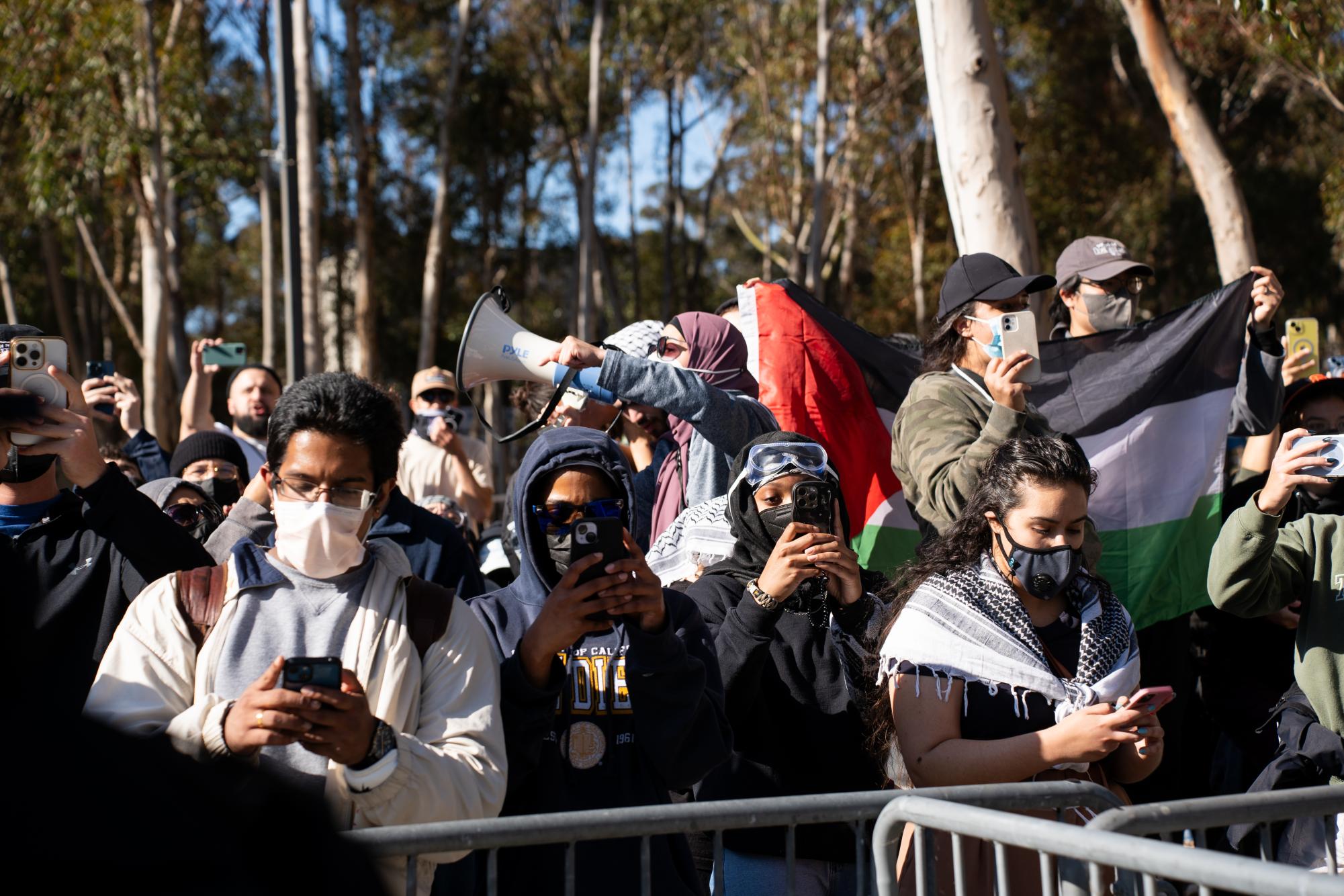

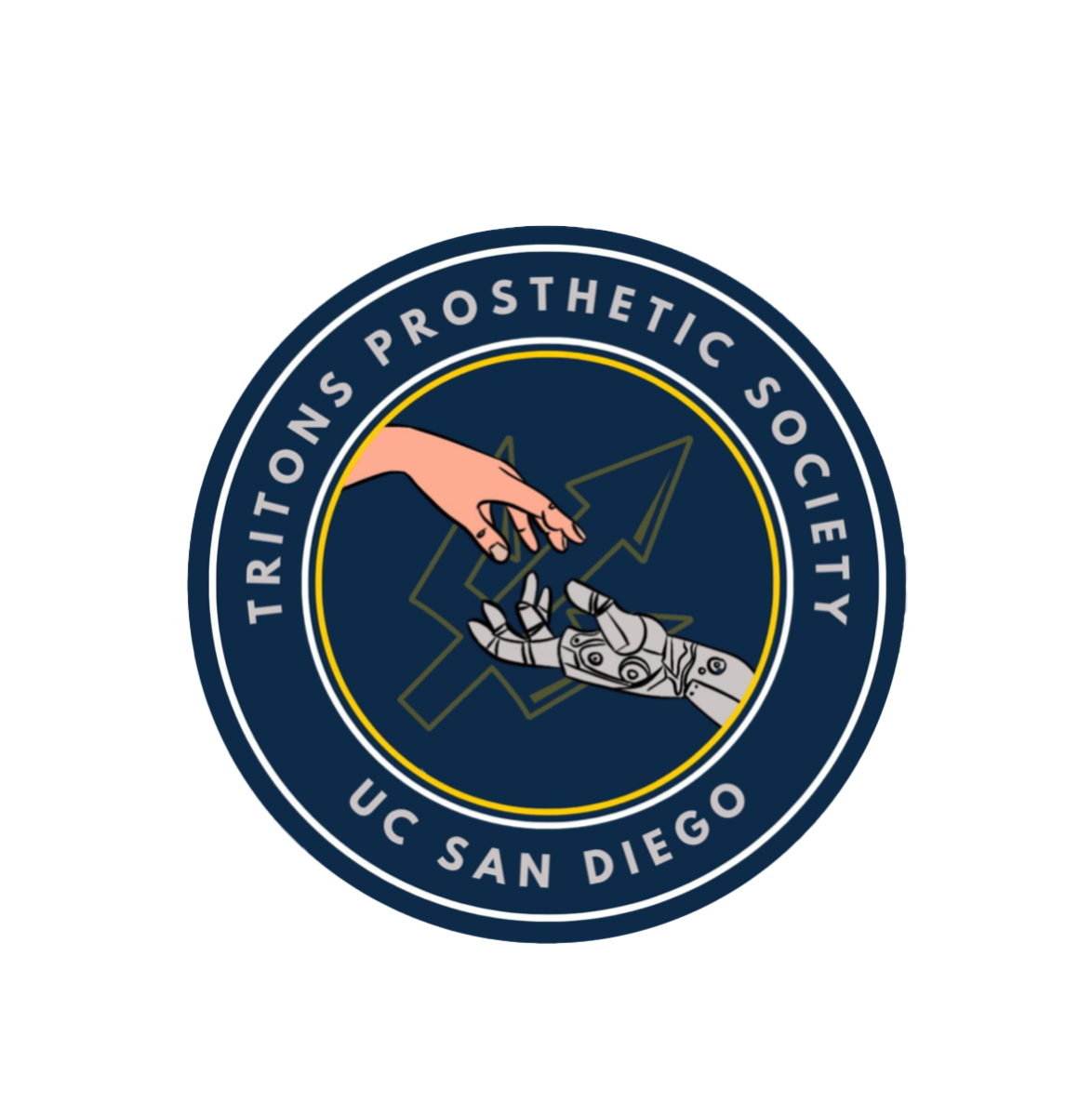
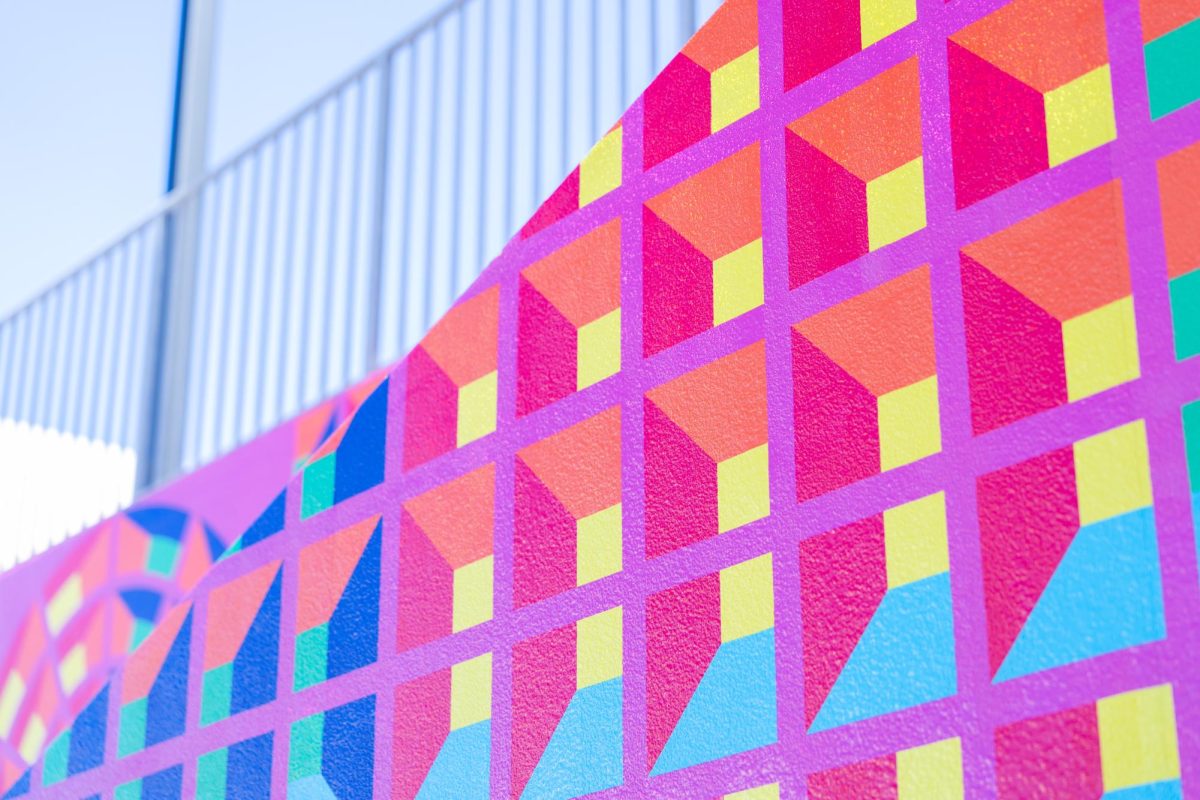
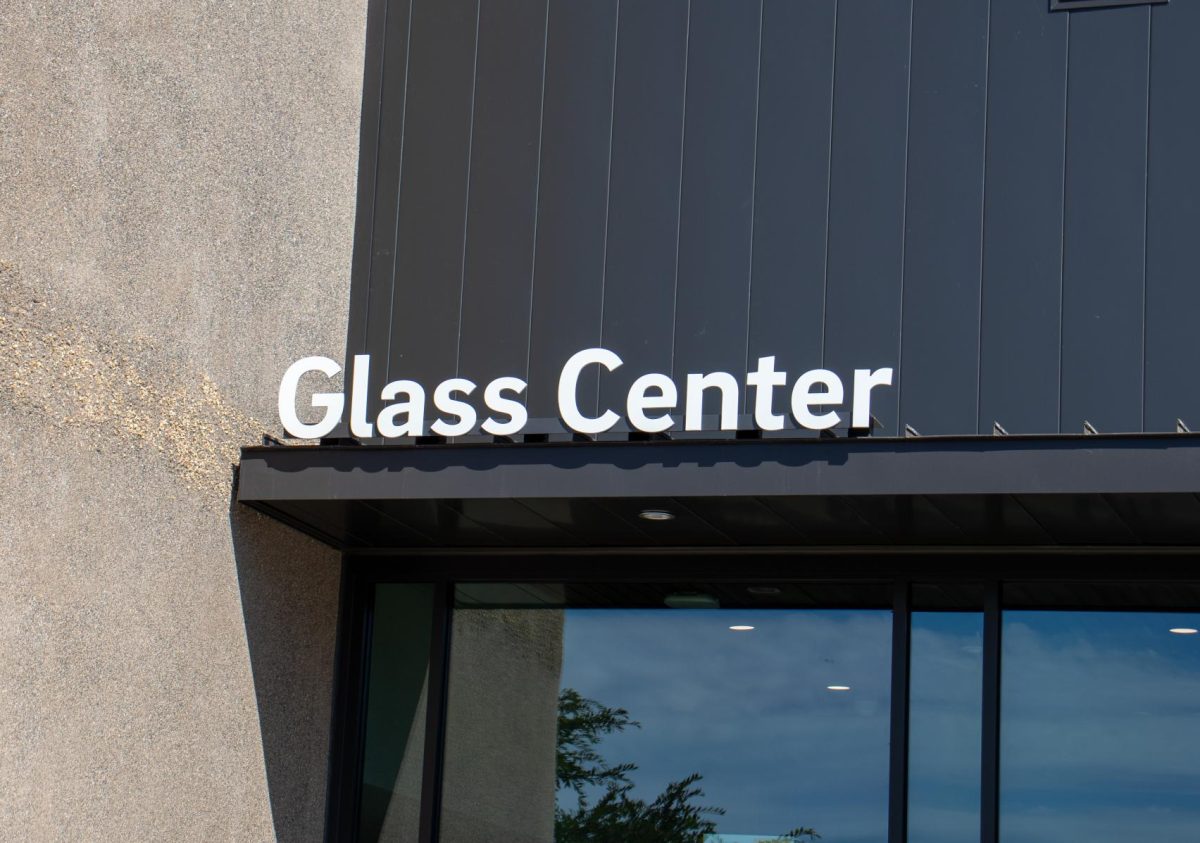
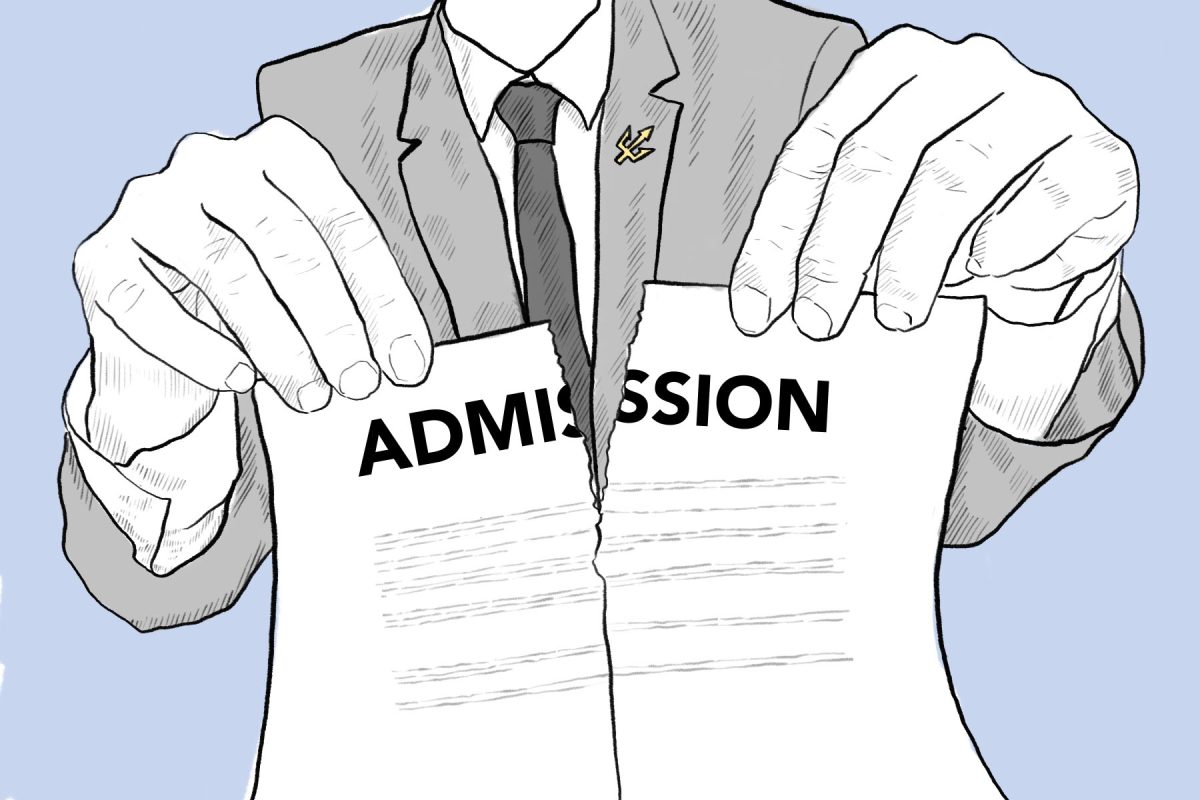
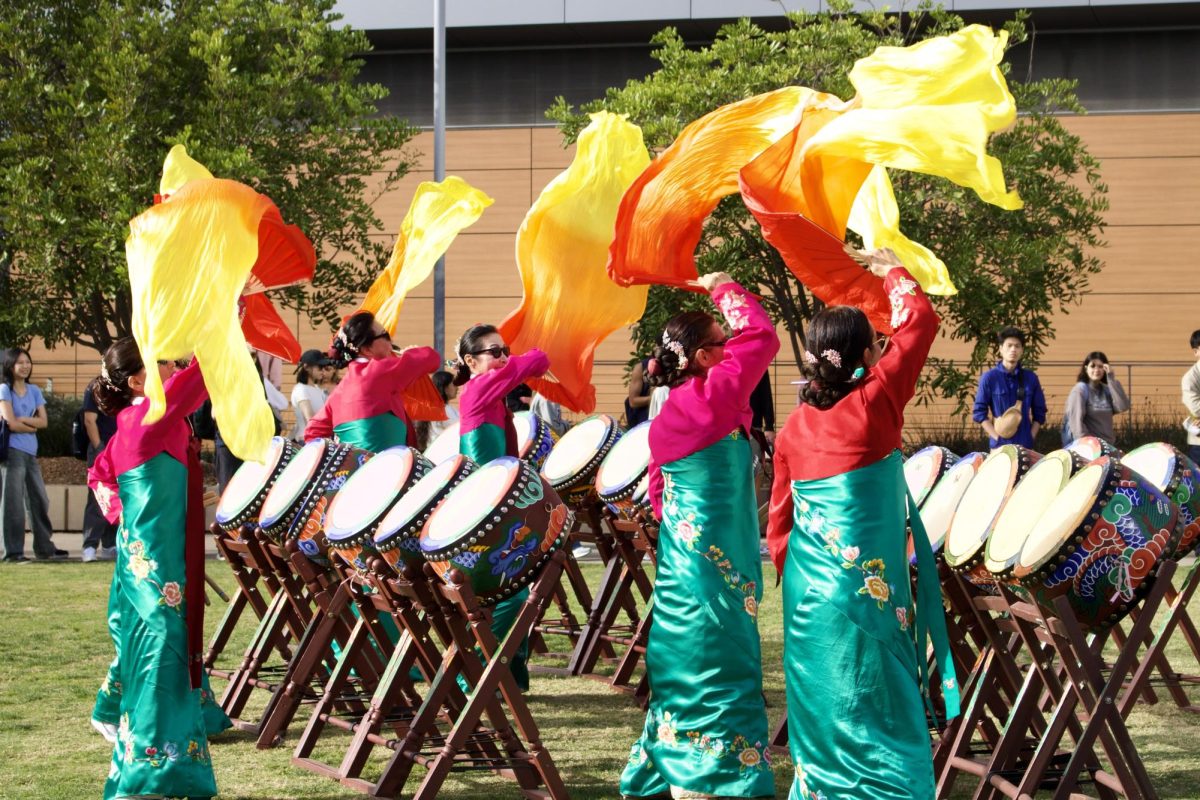

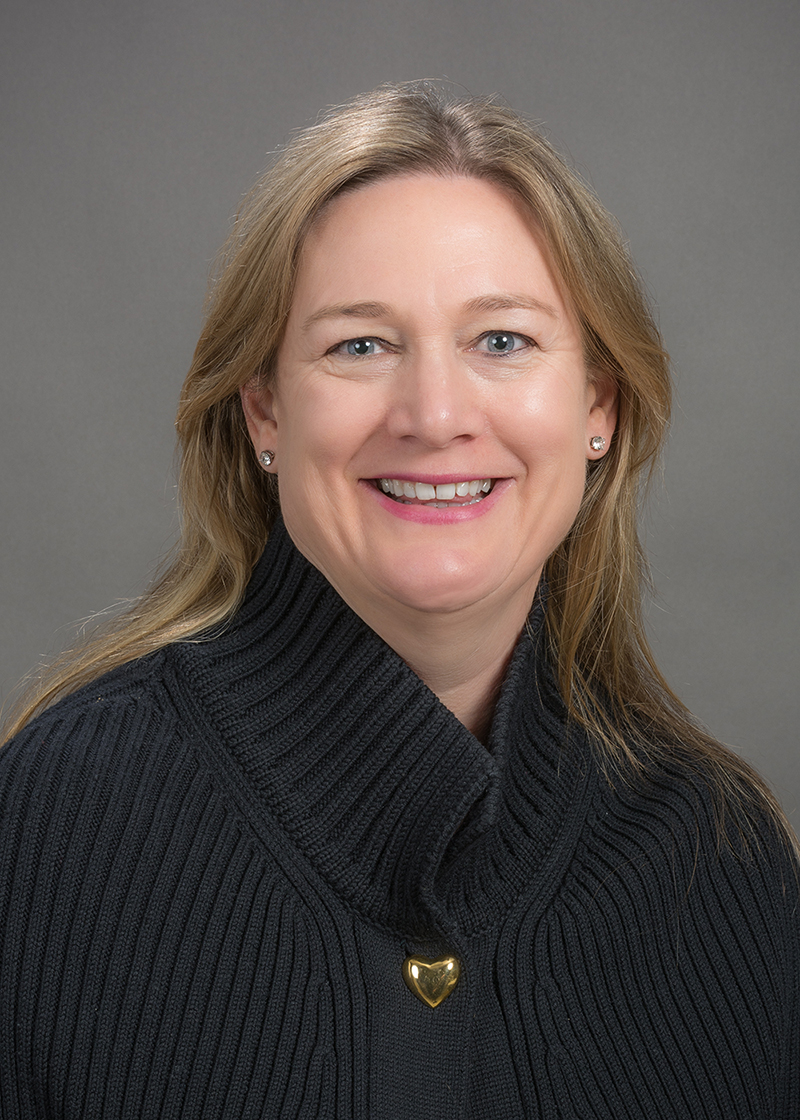
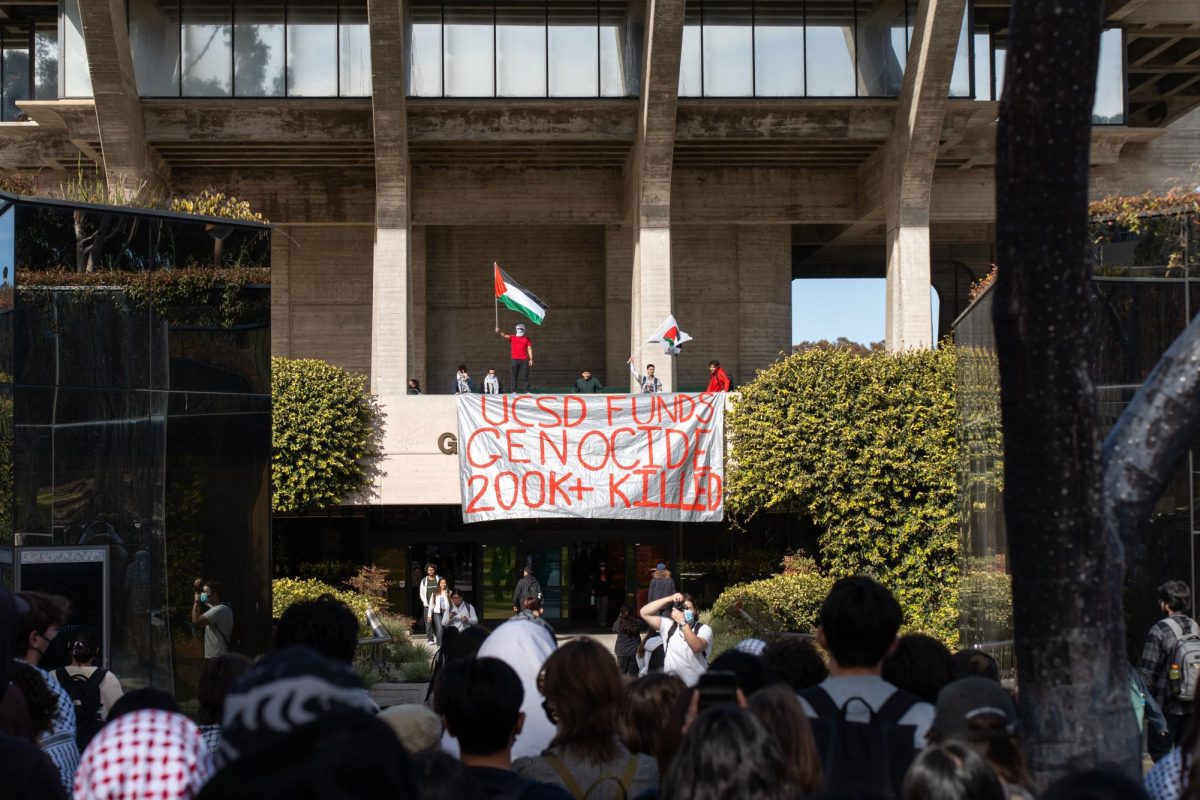


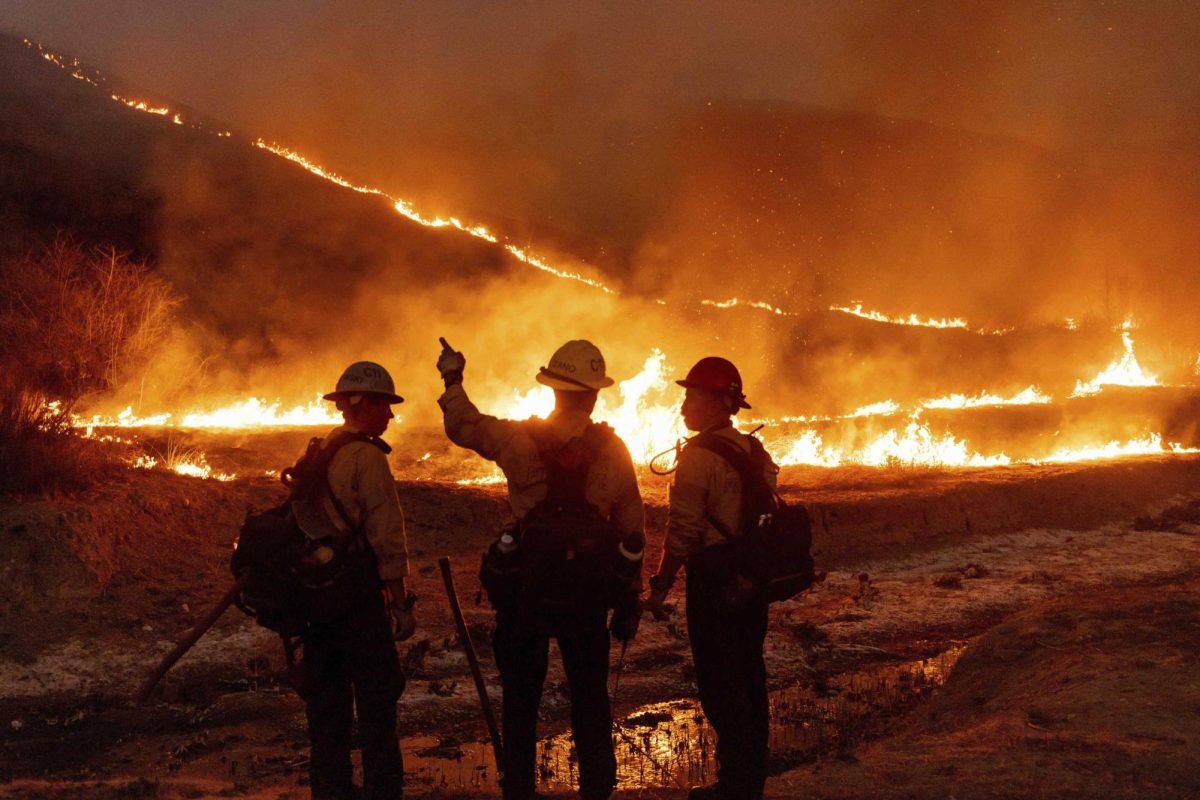
Grammar Cop Man • Oct 12, 2024 at 10:42 am
Why stop in 1995? You skipped about 30 years of history.
In 1999, Warren College was sued by the ACLU after trying to discipline a student who displayed an anti-Netanyahu poster
UCSD shut down student-run television in 2005 because they disagreed with the content off a TV show
UCSD lost a federal lawsuit in 2019 when they tried to censor the Koala newspaper
You guys won’t let me post URLs in the comments, otherwise I’d link to articles on these topics.
Alex Winicki • Oct 10, 2024 at 10:58 am
I do agree with your point that UCSD has substantially changed it’s stance on free speech, but I think you underestimated the differences between the examples you gave and the current Palestine movement.
As the former Chancellor of UC Berkeley pointed out in a Frontline interview, the difference between the protests then and the protests now is that back then, the students were very united in opposition to the administration, a cohesion which does not exist in today’s movement. In fact, instead of cohesion, there’s deep divides within the students as a whole. This changes the challenges admin has when balancing free speech and safety because the risk of conflict happening is substantially higher.
You mentioned the month-long occupation of the library during the 1980s. That was only possible because there was no substantial threat of violence due to the fact that the students as a whole were united and there was no large Pro-Apartheid group that could have caused concern. This is what happened at UCLA. The student body lacked cohesion and were bitterly divided on the war. UCLA did what it always had and what I assume you’re advocating for, it allowed the Pro-Palestine students to exercise their free speech in the form of an encampment. Their encampment only lasted 8 days when Pro-Israel protestors came in the middle of the night, attacked the Encampment members, and resulted in a riot that ended in hundreds of arrests and numerous injuries, some requiring hospitalization.
Just like you said, we’re in uncharted waters. Universities have to navigate their obligation to being the lighthouses of discourse and ensuring the safety of those at the university. The debate between valuing freedom or security is one of the oldest questions in political and moral philosophy, and what we are seeing now is one of the newest iterations of that discussion. But to have that discussion for the challenges of today, we must recognize the unique and unprecedented circumstances of the modern debate on free speech.